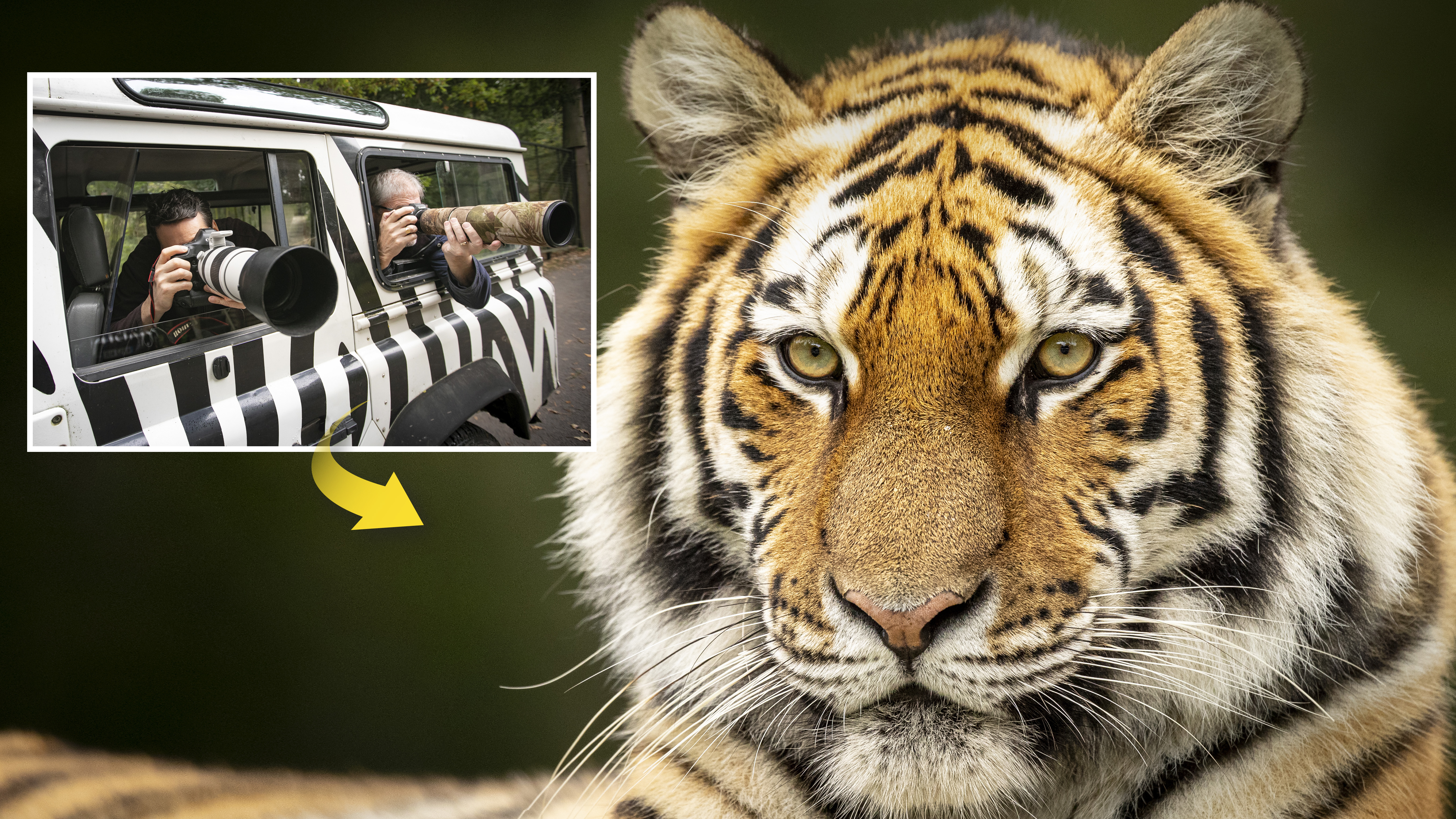
Wildlife portraiture is a fantastic genre of photography, enabling you to get intimate shots of the animals you love and capture loads of their character. Going on safari in Africa can cost a small fortune, so visiting a wildlife park is usually the most practical way of getting close to endangered and vulnerable species like tigers and lions to take incredible photos and practice your animal portraiture.
• Read more: Best lenses for wildlife photography
Professional wildlife photographer Ben Hall is based in Cheshire, England, and started photography in his teen years. Turning pro in 2003, he’s since won countless bird and wildlife photography awards. He runs group and one-to-one photography workshops throughout the UK, focusing on iconic British wildlife, as well as trips to more exotic locations overseas, photographing everything from big cats to bears.
We teamed him with reader of PhotoPlus: The Canon Magazine, Simon Carder, for a masterclass in animal portraiture at Longleat Safari Park in the UK. Here, you'll find Ben's top 10 tips for wildlife shots, along with some of the images that Simon was able to take by applying them to his own photography.
You can find out more about Ben's work on his website.
01 Pro Canon EOS body
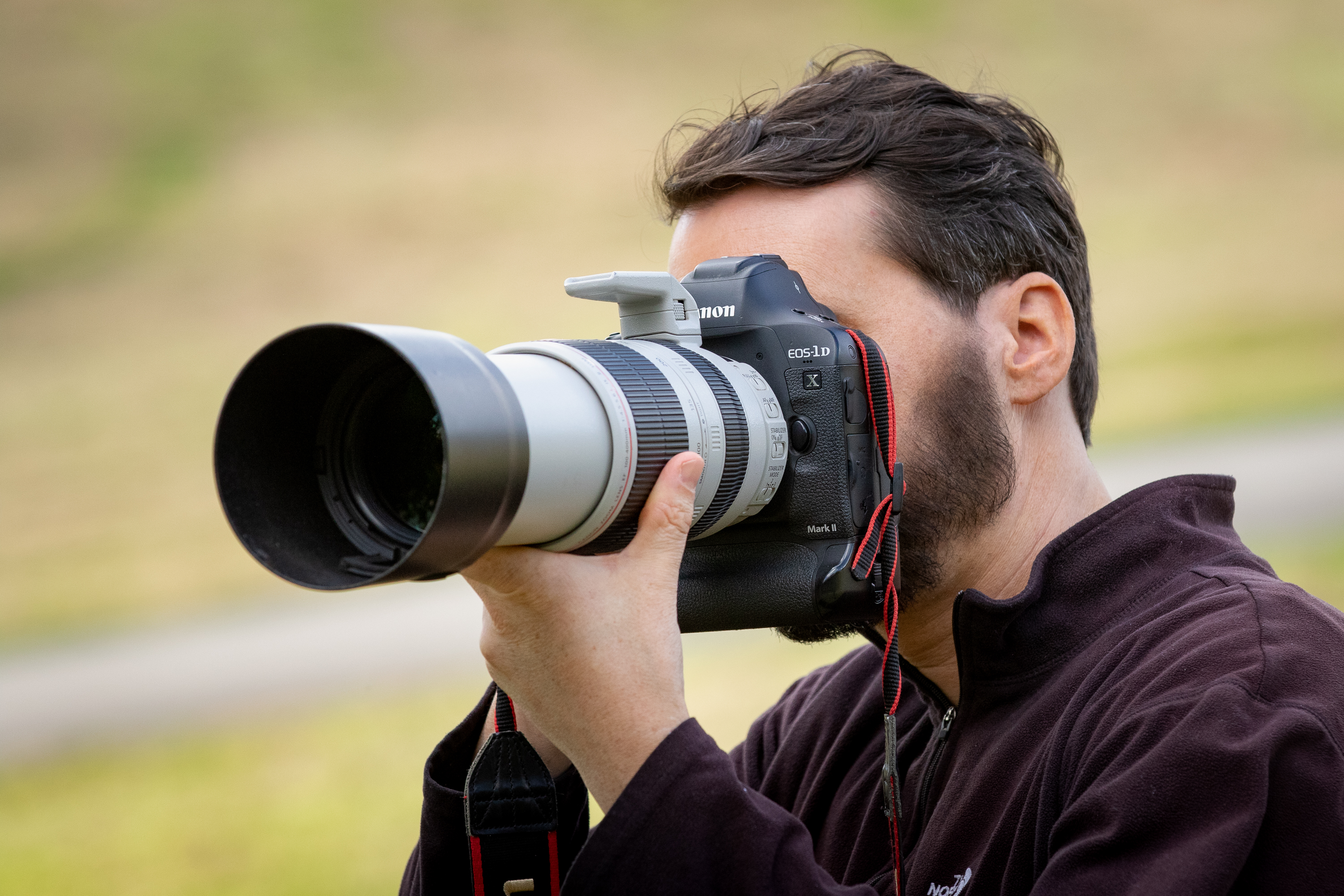
Ben uses the flagship-caliber Canon EOS-1D X Mark II DSLR for all its pro-quality features. Being weather sealed with a robust body is key when working out on location. The 1D X Mark II meets the durability requirements, it also has top-class performance with its superior 14fps burst speed, intelligent autofocus tracking and high ISO performance and color quality.
02 Pump up the ISO
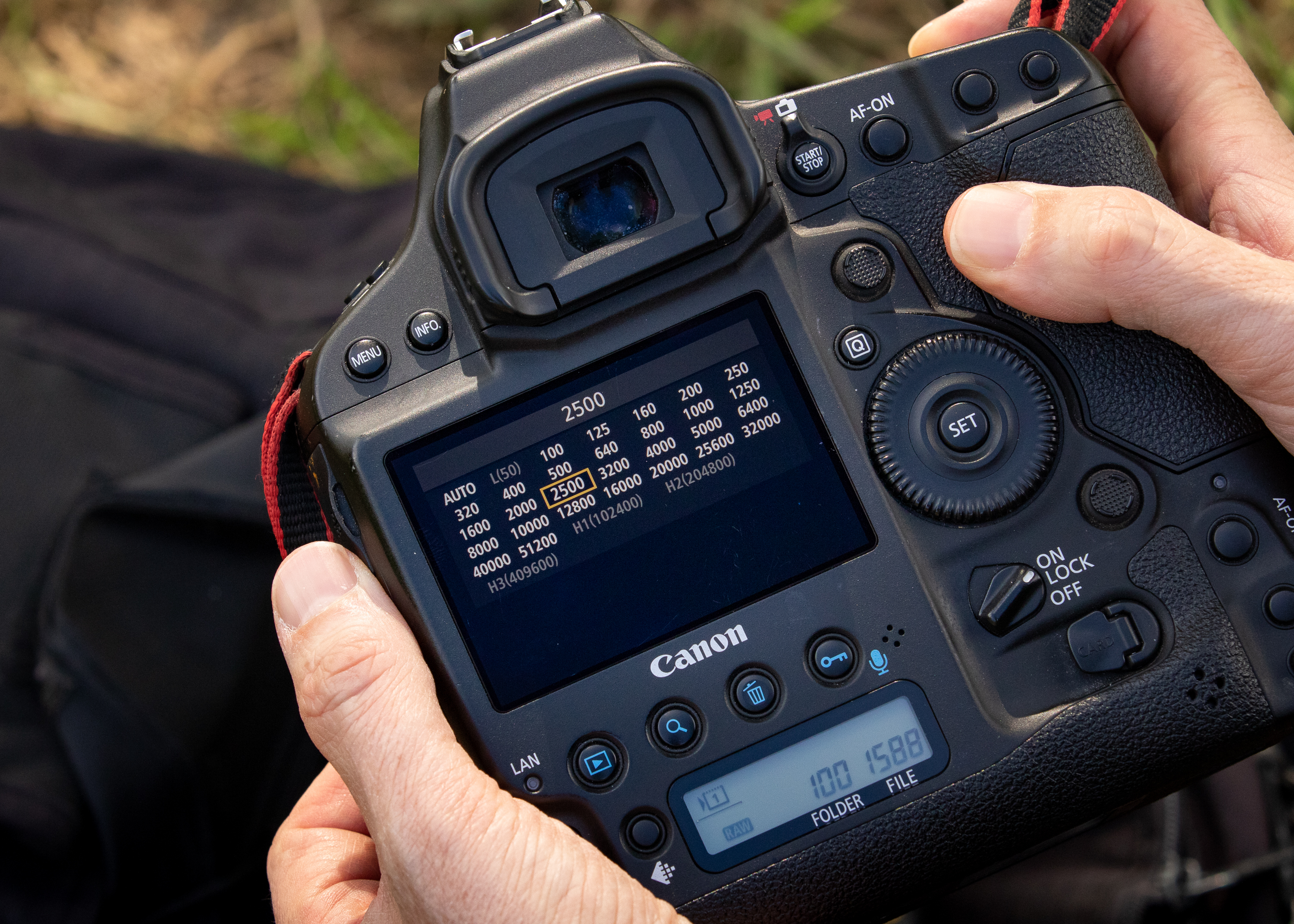
“I adjust the ISO according to the weather and light levels,” says Ben. “For big cats you want a shutter speed of around 1/1000 sec, so when shooting at f/4 to f/8 I needed to increase my ISO accordingly to get a fast enough shutter speed. On my 1D X Mark II, I was shooting between ISO2000 to 3200 all day, as it was mostly overcast – I don’t have to worry about image noise at these ISO sensitivities.”
03 Capture wildlife behaviour
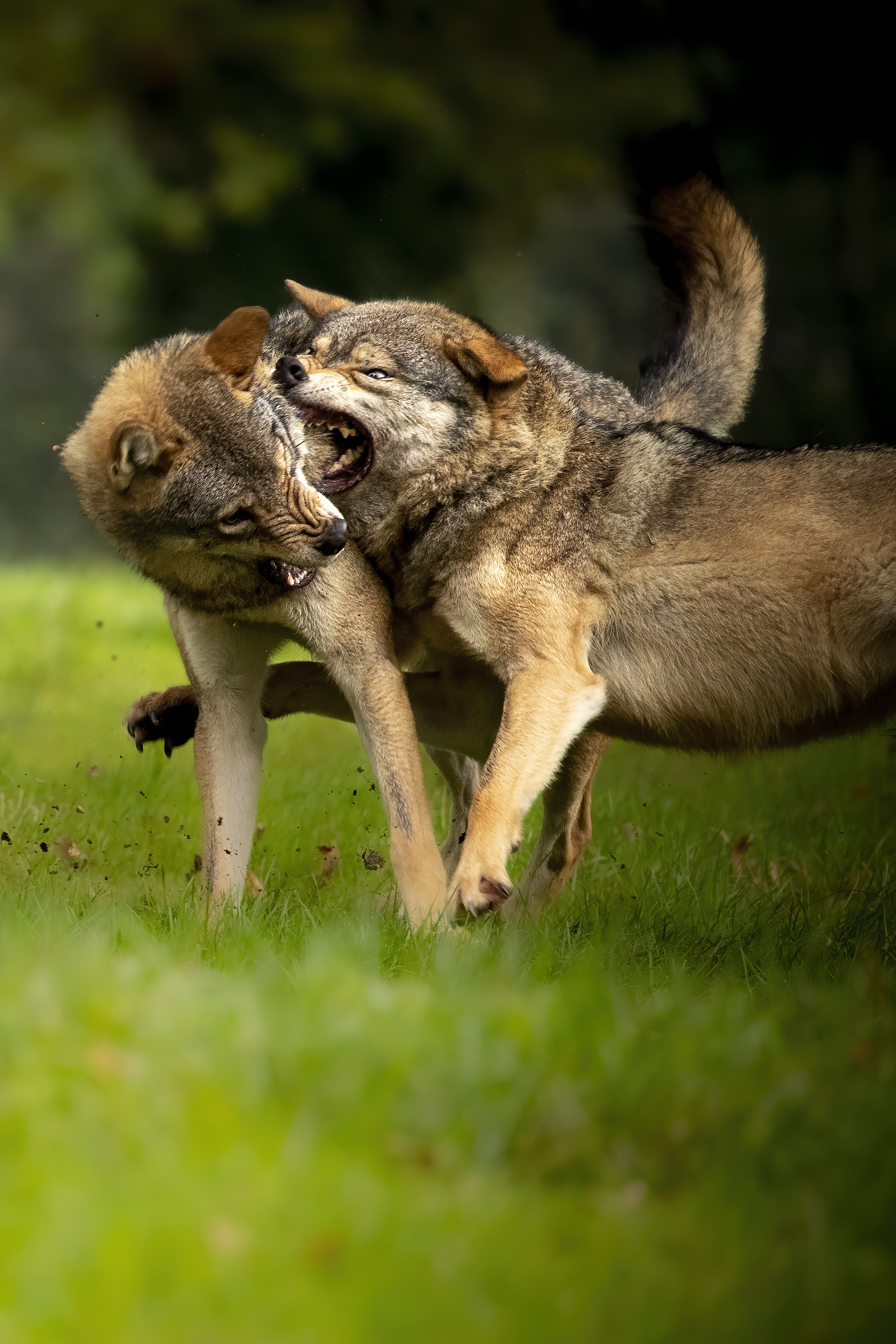
Part of the pleasure of photographing wildlife is when they’re behaving truly wild! “We were fortunate to be at Longleat on a Wednesday morning when it’s feeding time. A tractor with trailer raced around and dropped fresh meat in the wolves' enclosure, which led to inevitable scraps over the scraps! I was ready and pre-focused on the alpha male roaming around stealing food, and fired off a fast sequence when they started fighting. These squabbles were brief, but vicious, as this burst reveals,” says Ben.
04 Comfortable carrying
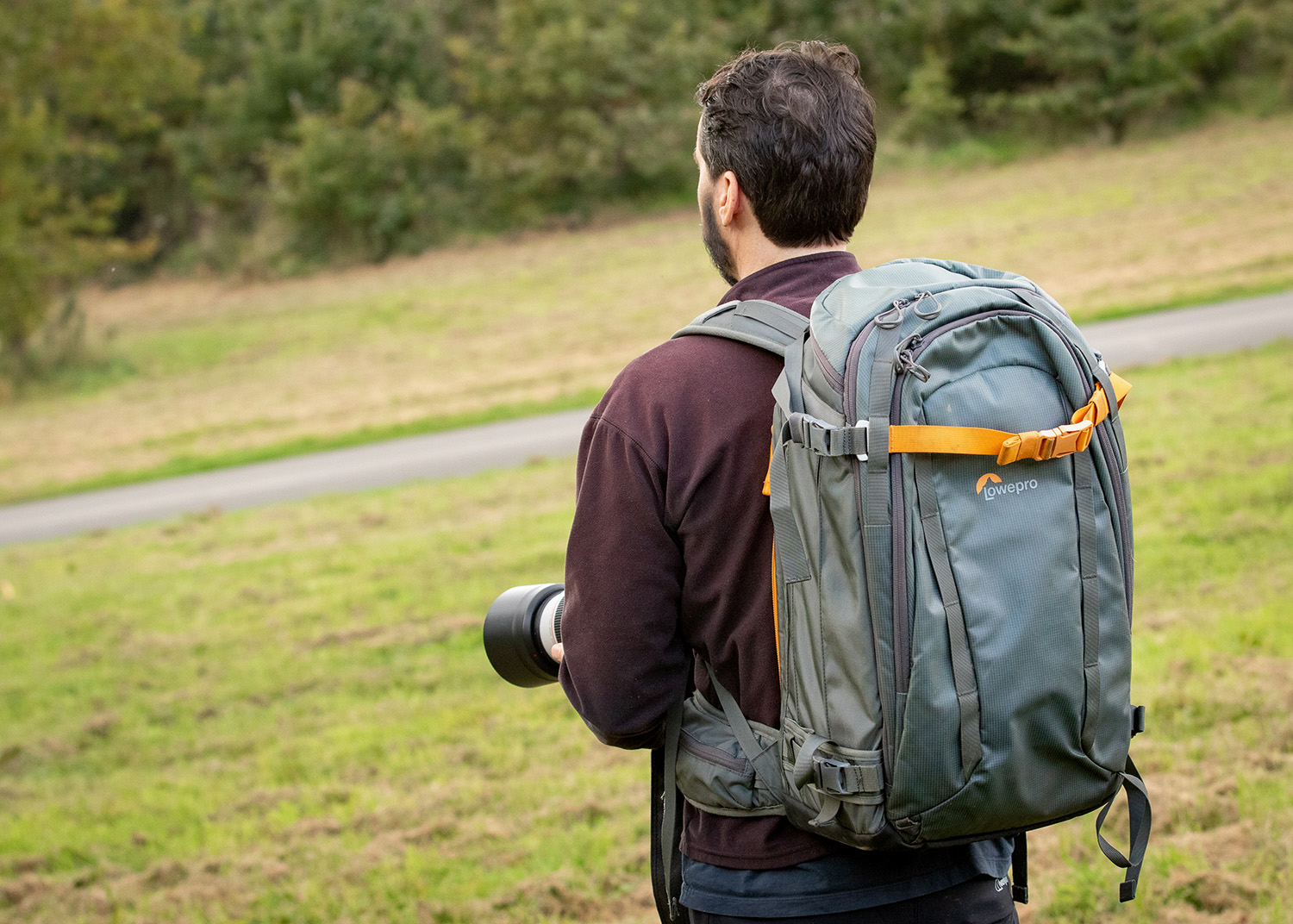
Ben needs his backpack to be as tough as his equipment, as well as being comfortable to carry on treks to remote locations for big cats, like lynx and leopards deep in the forests and jungles. He uses the Lowepro Whistler BP 450 AW, with ergonomically designed back pads and load-bearing waist straps. It also opens from the back, so he can lay it face-down to access his gear and not get dirty or wet when putting it back on. Ideal for shooting in the wilds.
05 AF Point selections
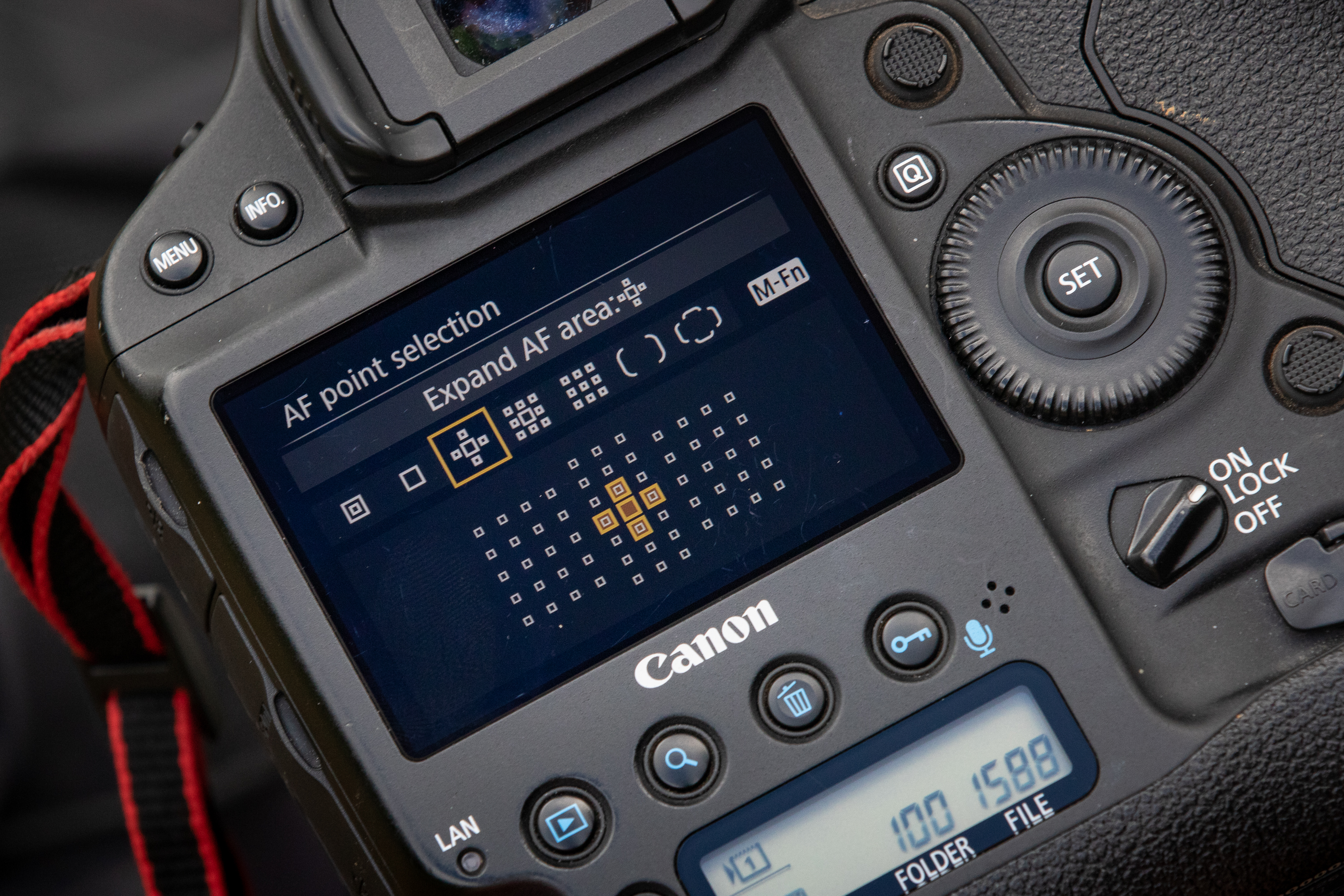
Using the active AF point can be useful for moving subjects. In the AF menu, changing the ‘Initial AF pt’ setting to Manual can increase your hit rate, however, make sure there are no obstructions between you and the subject, as this can confuse even the most sophisticated of AF systems.
Ben suggests changing your AF point selection to suit your subject. “Start off with ‘Expand AF Area’ or similar, which gives you a cross of focus points within which to shoot your subject. Get a few sharp ones with your points in the centre, then move them left or right for more space in front of the cats,” says Ben. “When the cats were sitting and I was taking closer headshots I used Spot AF with a single point to focus on the eyes.”
06 Fast and furious
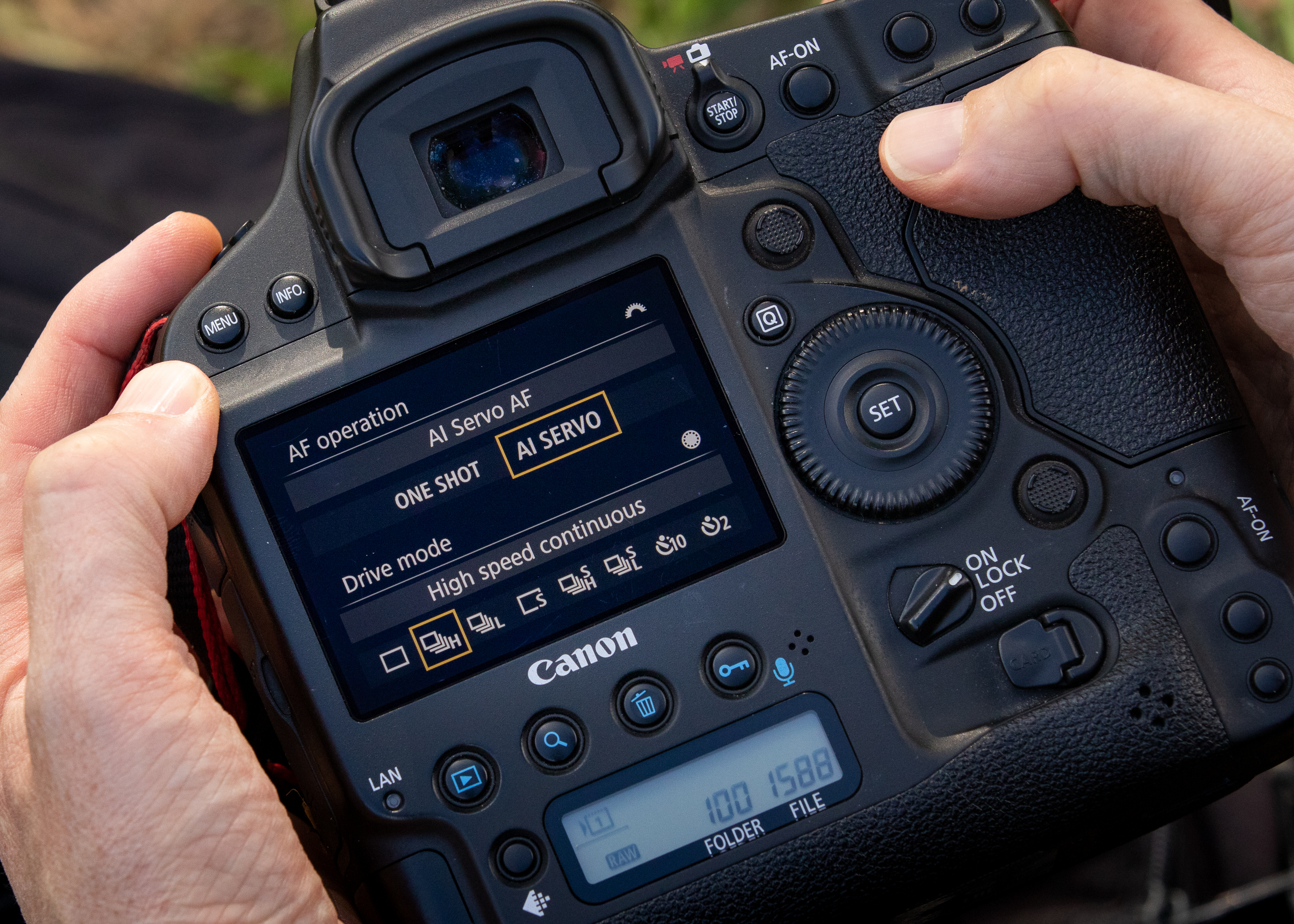
"When photographing fast-moving subjects, like hungry lions and tigers running to fresh meat, change your AF mode to AI Servo AF," says Ben. "This utilizes your camera’s world-class autofocus tracking to keep focusing on the fast cats. Also switch on your fastest high-speed continuous drive mode on your camera, so you can fire in bursts to give yourself more choice to get the best possible shots."
07 Back button focusing technique
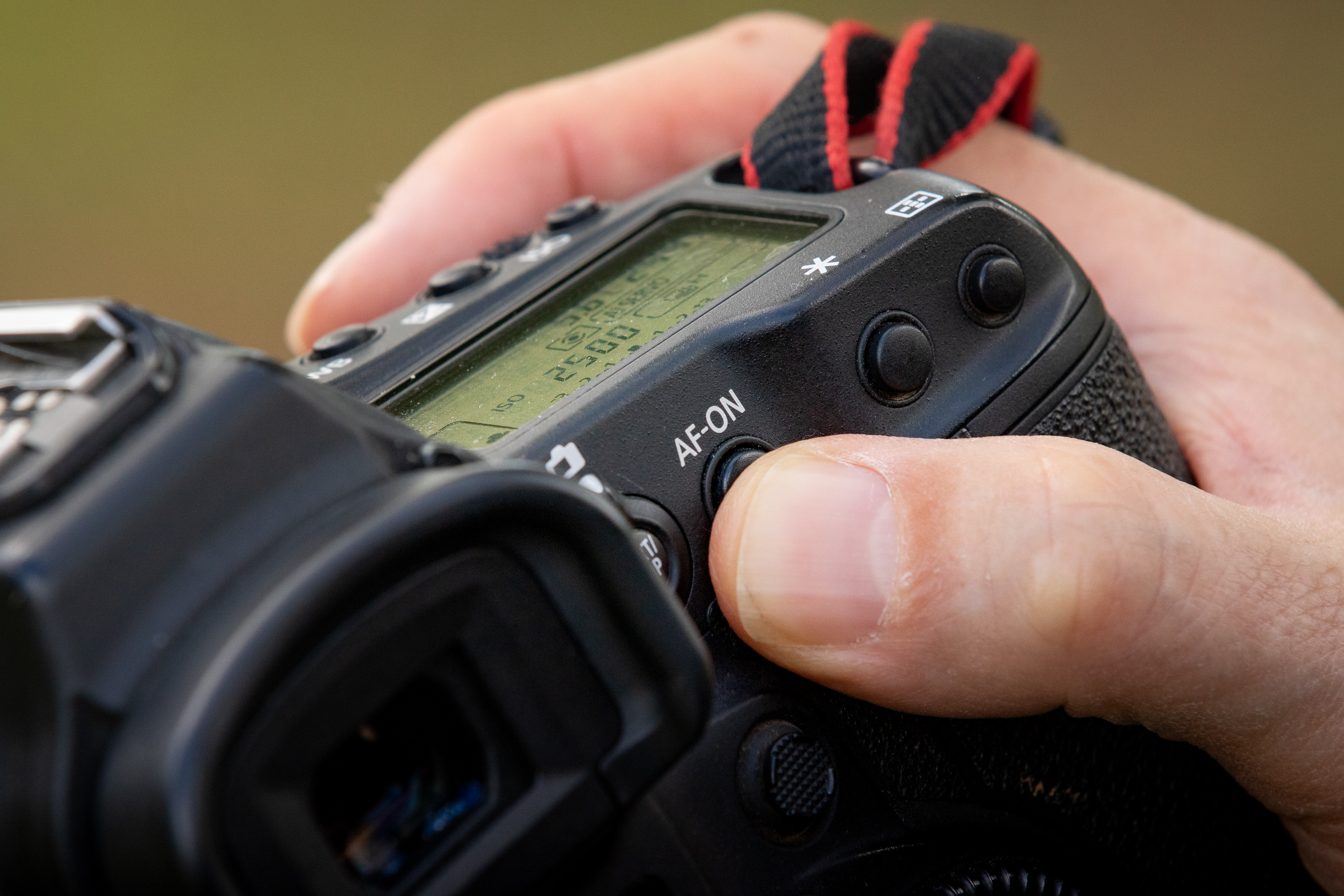
“By default your camera focuses when the shutter button is pressed halfway, then you fully press the button to take the shot. However, using the back button to focus instead has big advantages, especially with wildlife,” says Ben.
“By focusing with the back button, using your thumb, it means the shutter button is exclusively used to take the shot. When you need to lock the focus, just press and release the back button, and your focus is locked, enabling you to recompose when taking shots of stationary subjects. Also if your subject is moving, use AI Servo AF and simply hold the back button down to track the wildlife, pressing the shutter button when ready.”
08 Super telephoto prime
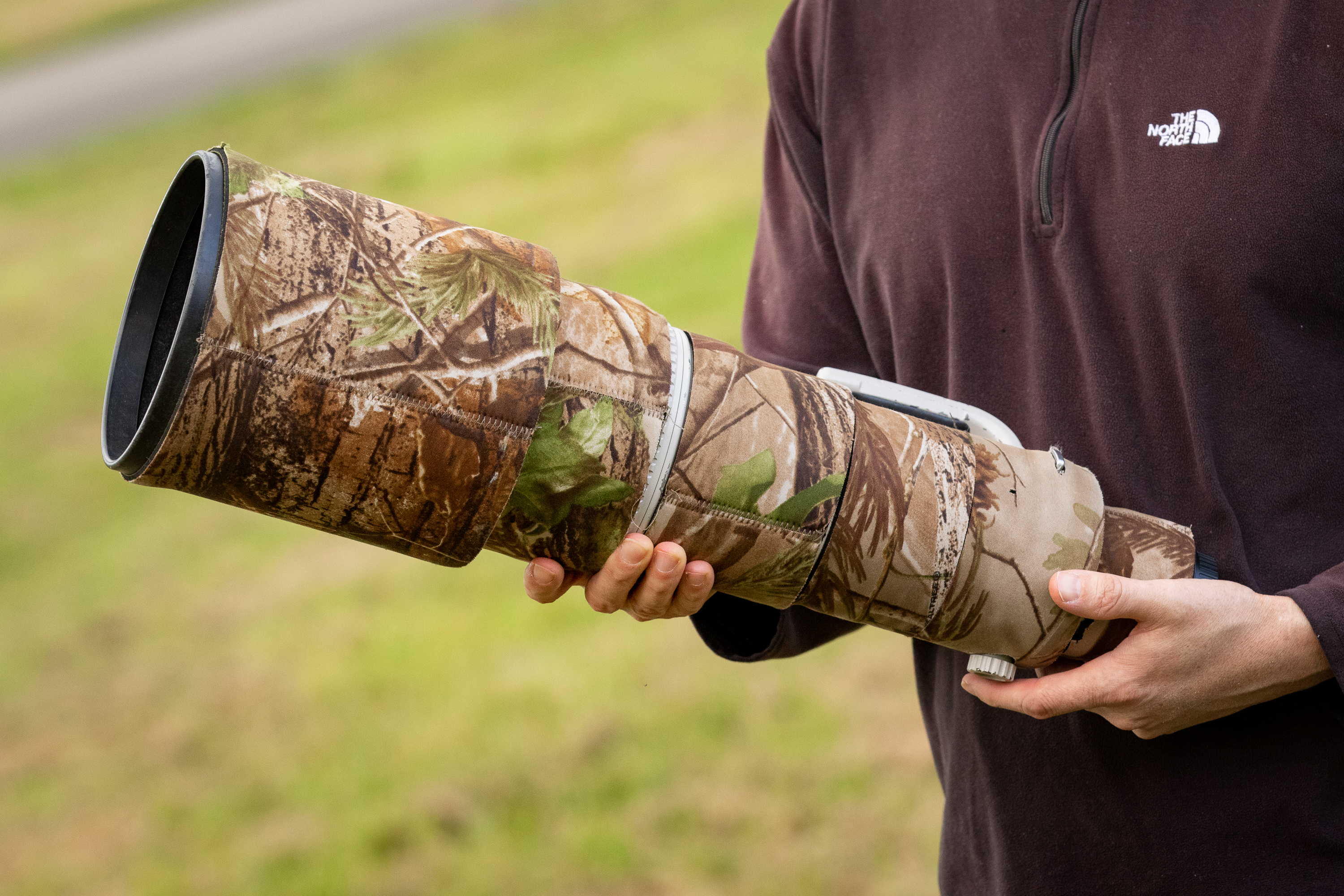
Ben used his super-long ‘portrait’ lens to capture frame-filling headshots of the lions and tigers. The powerful reach of the Canon EF 500mm f/4L IS USM enabled Ben to shoot from a safe distance inside the truck, but he was still able to get those closely-cropped shots of the big cats. “At 500mm the focal length produces an incredibly shallow DoF to really blur backgrounds. Its fast and reliable AF make this the premier super-tele prime lens for all types of wildlife out in the field,” explains Ben.
09 Camouflage your kit
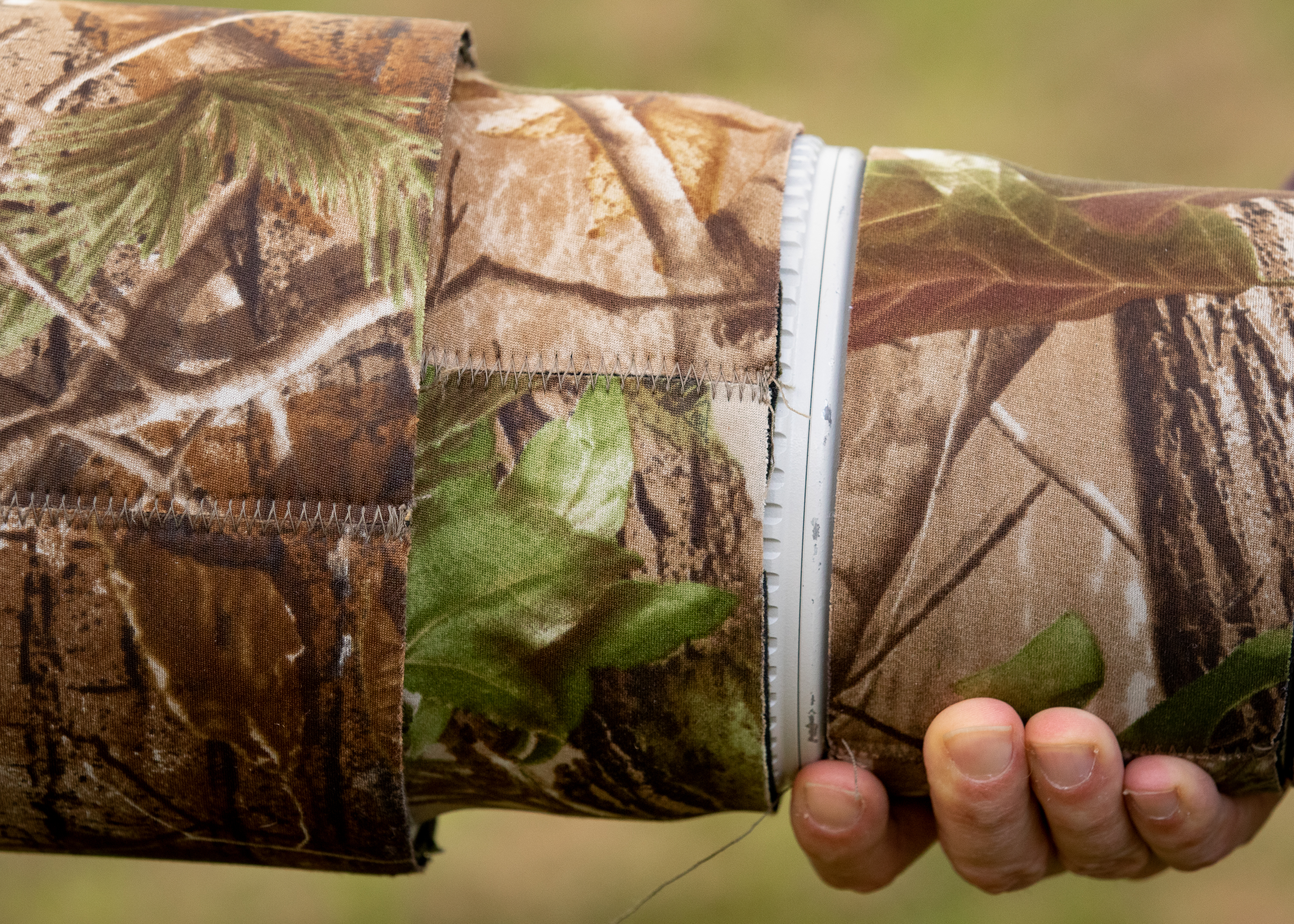
Ben uses neoprene camo covers from Wildlife Watching Supplies for his big Canon EF 500mm tele prime lens and its massive hood. “As well as covering brightly colored and reflective grey L-series telephoto lenses, it also makes big man-made lenses blend into natural surroundings, avoiding spooking the wildlife. Plus the padded covers offer protection when lying down in all weathers out in the field,” grins Ben.
10 Watch out for the background
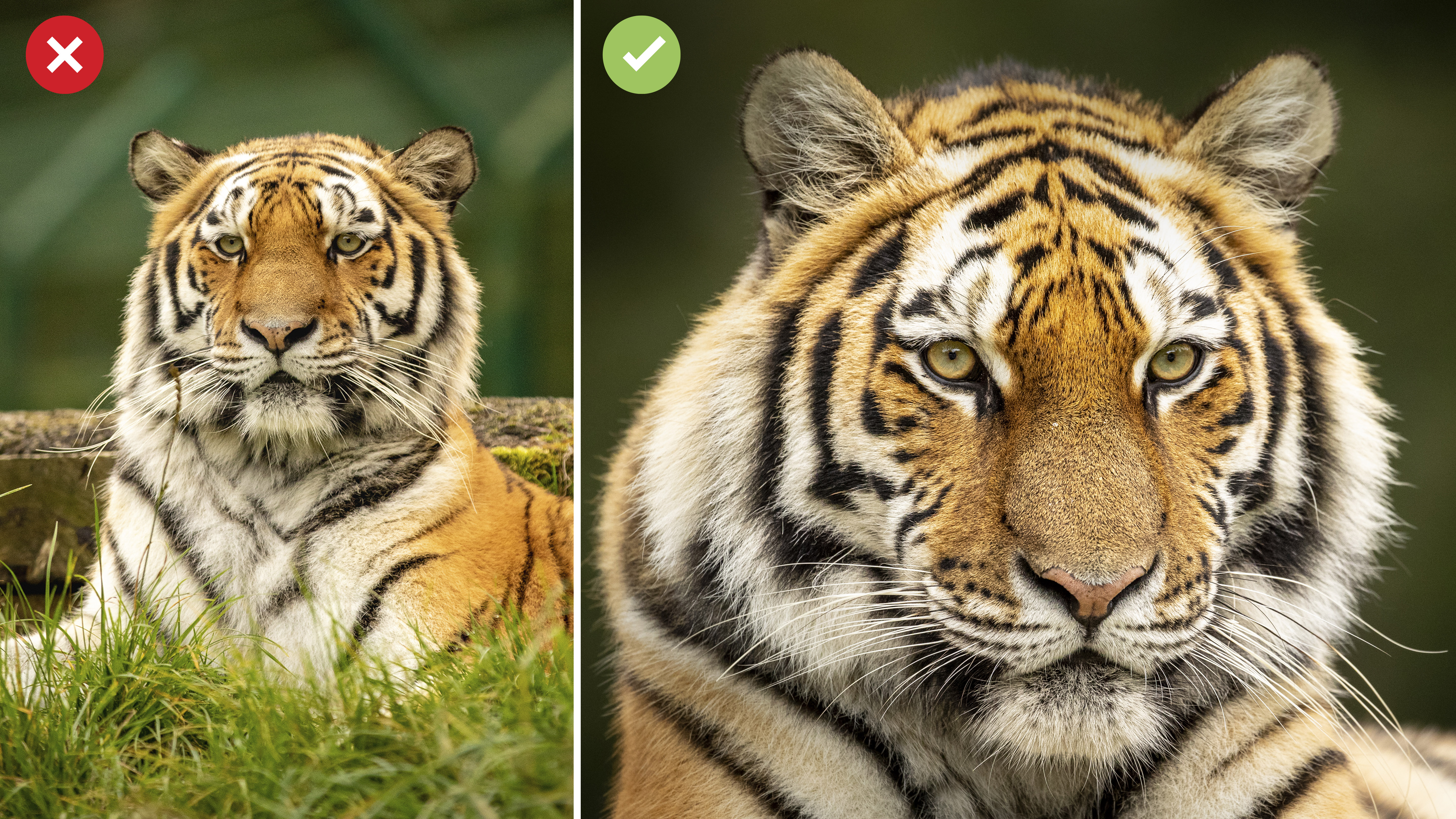
Just like portraits of people, the background behind your subject is the key to a great shot. Our first photos of this female tiger were spoiled with ugly fencing behind, which wasn’t out of focus enough. By asking our driver to move the truck, we could compose for a cleaner background – plus, as we were closer, it was totally blurred when shooting at 340mm at f/5.6.
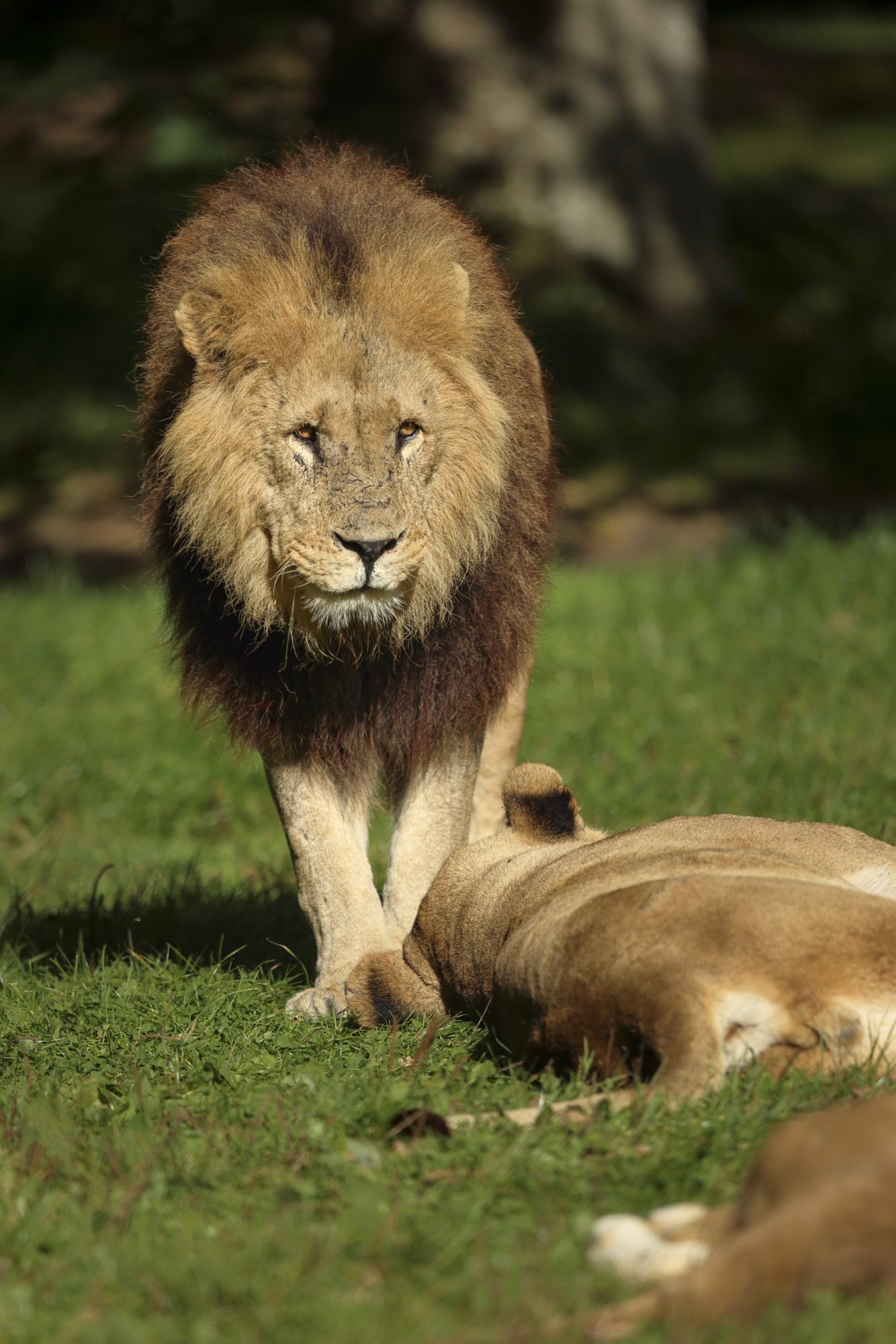
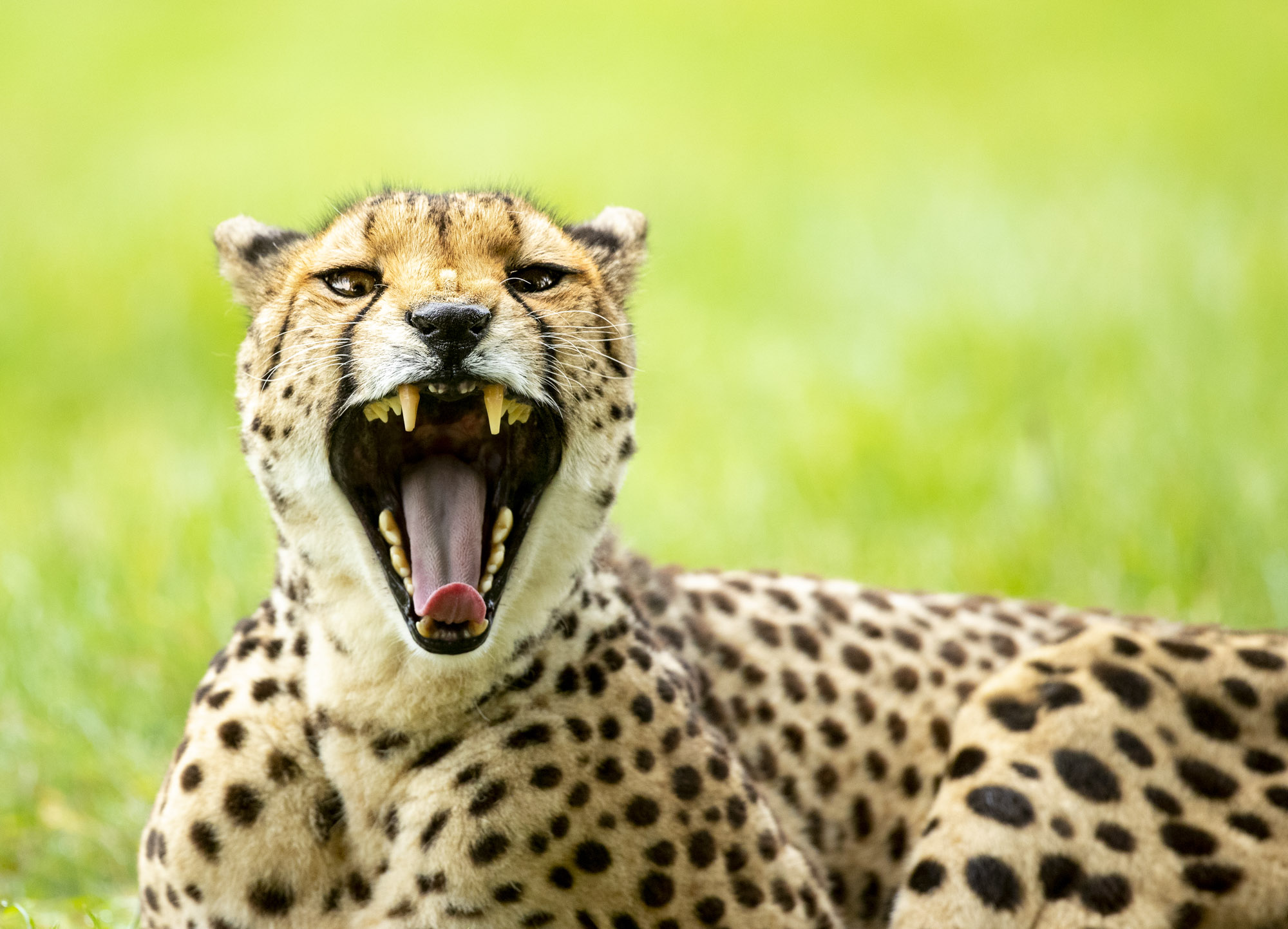
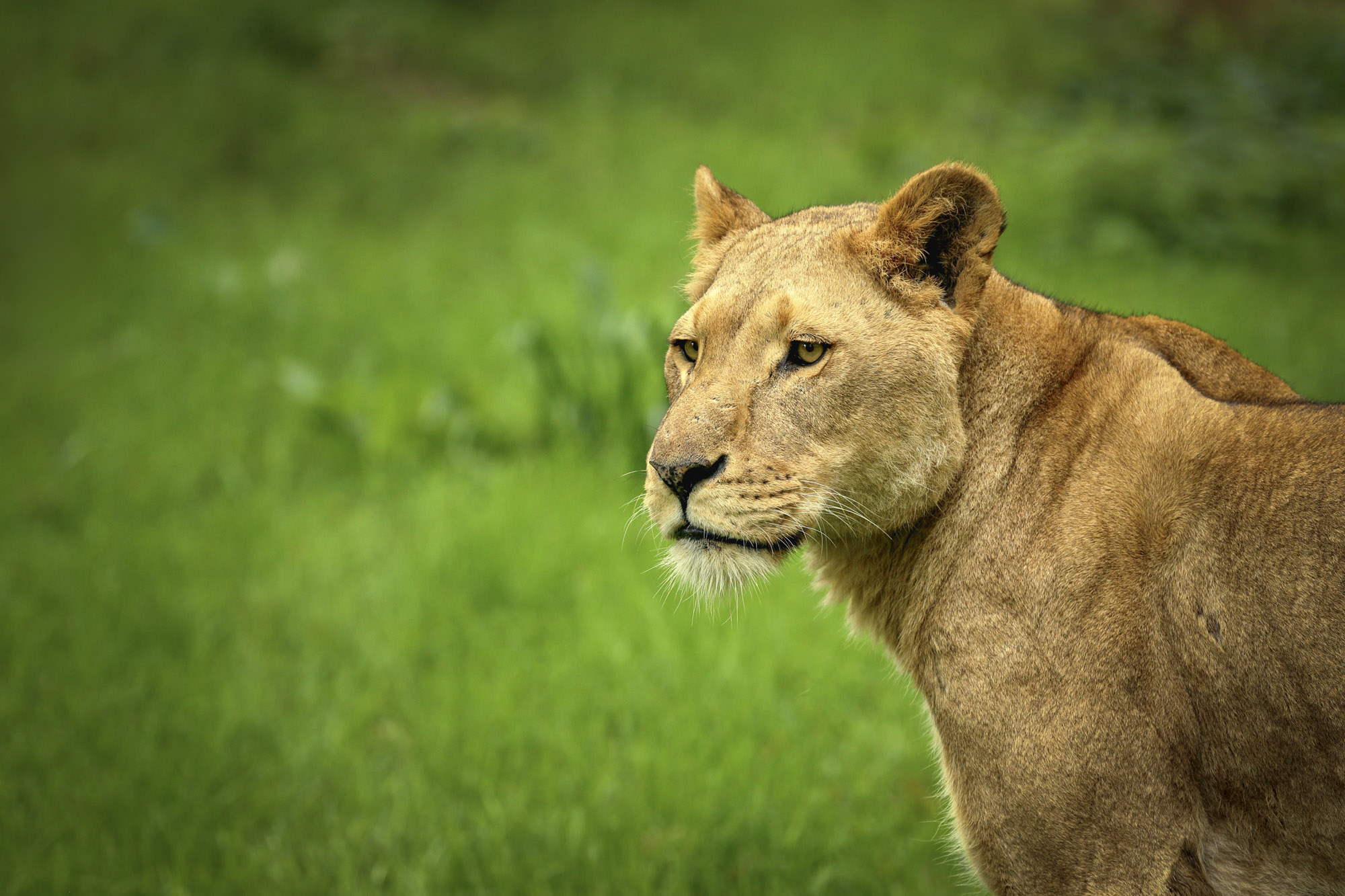
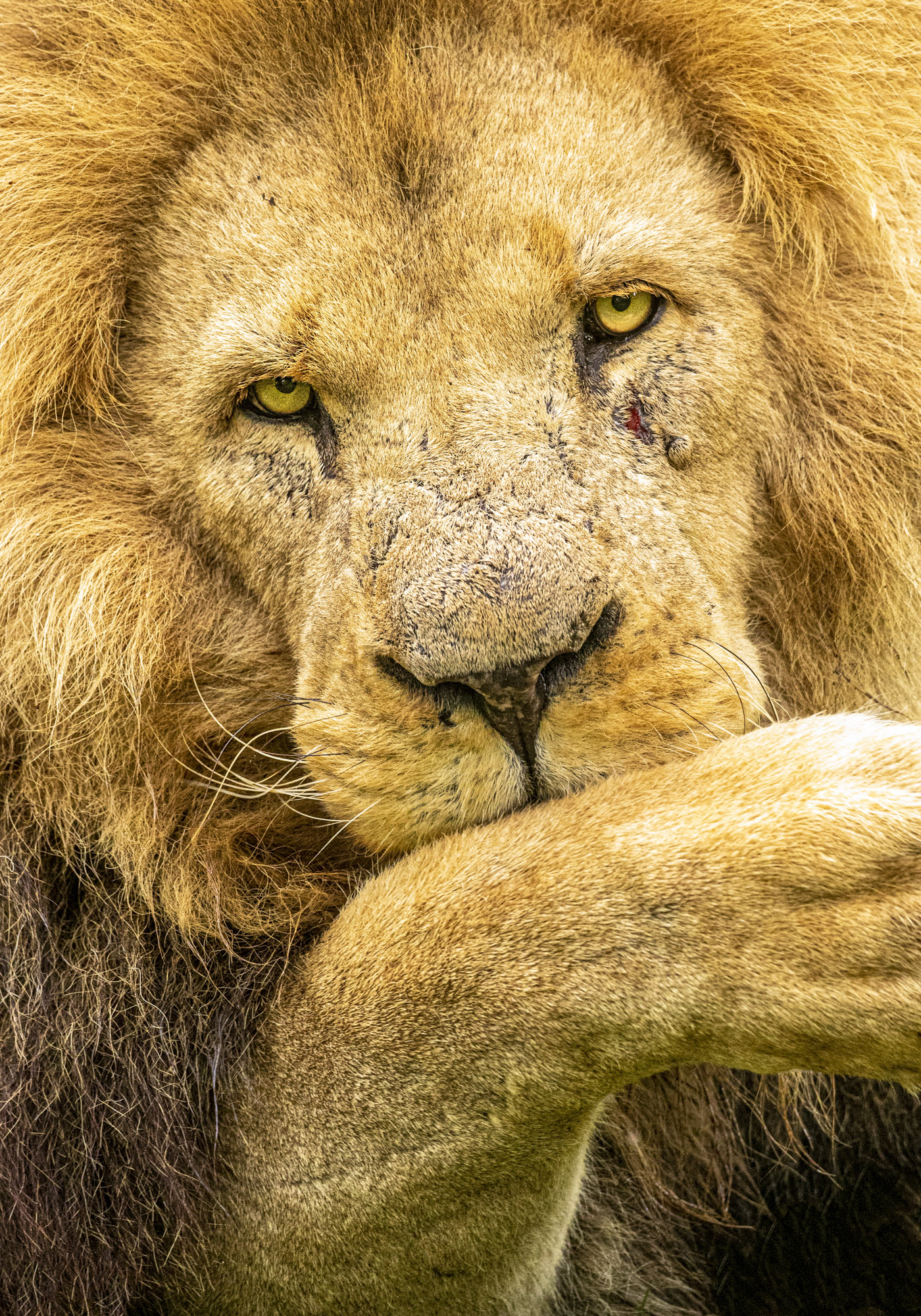
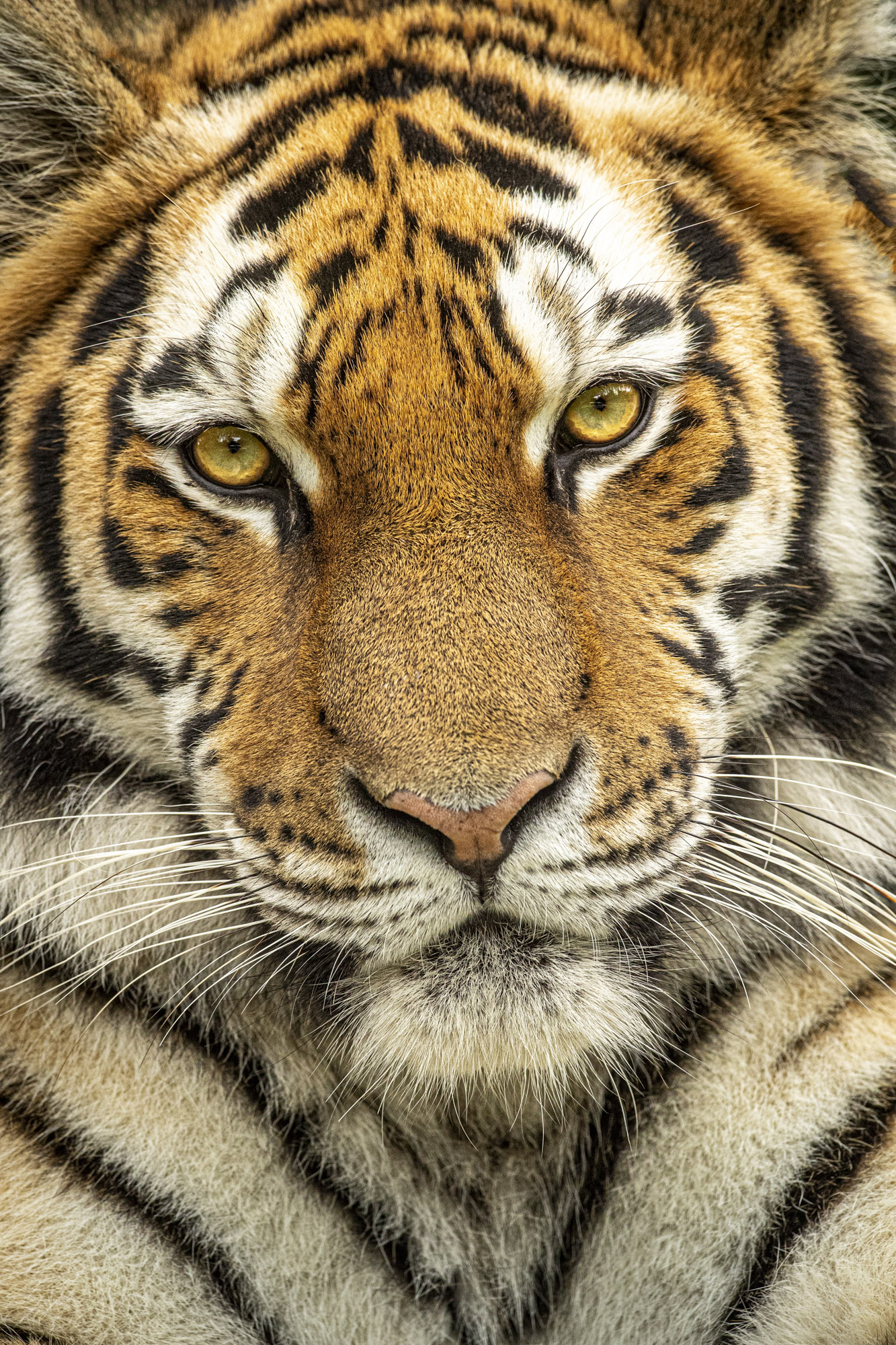
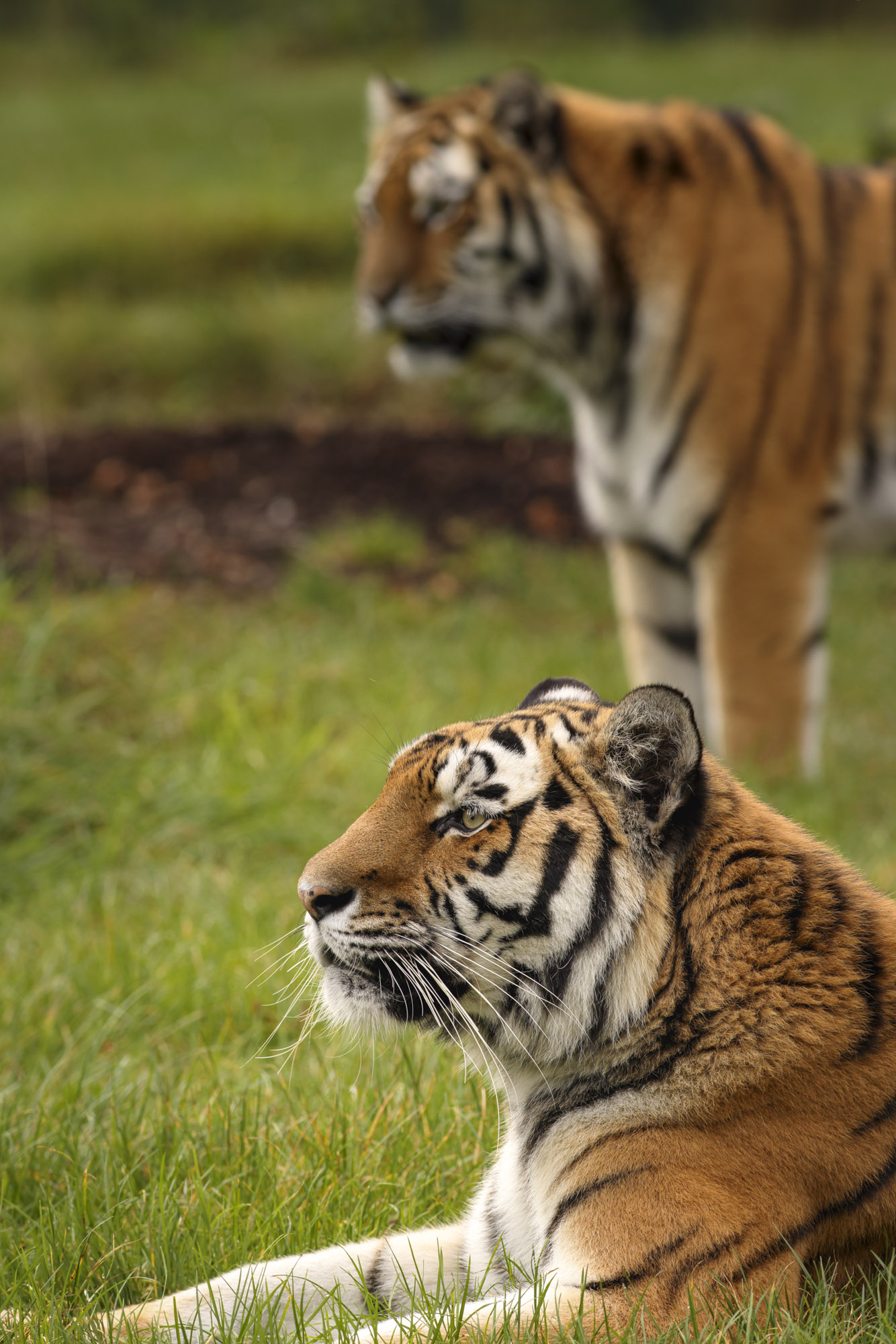
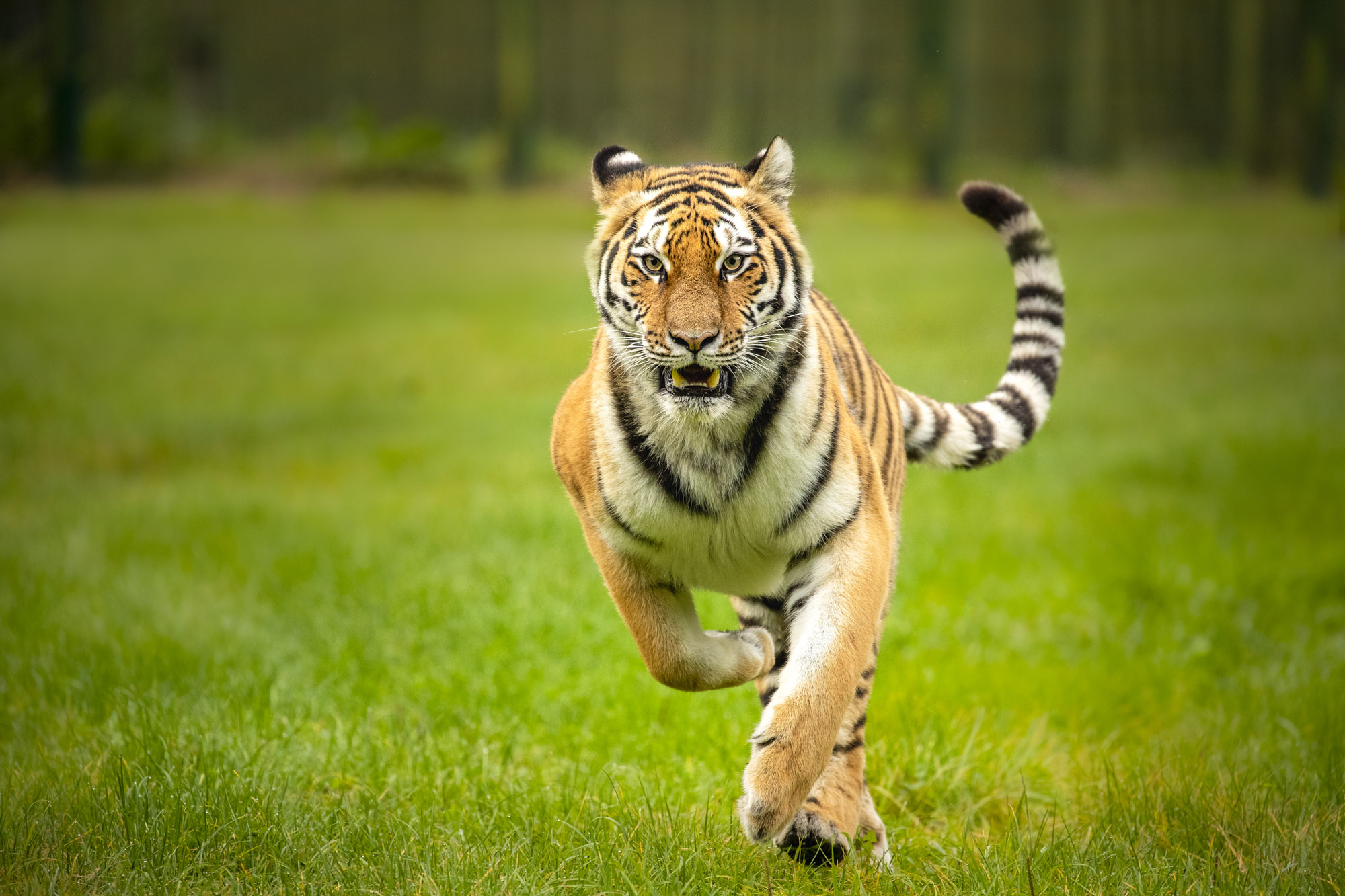
PhotoPlus: The Canon Magazine is the world's only monthly newsstand title that's 100% devoted to Canon, so you can be sure the magazine is completely relevant to your system. Every issue comes with downloadable video tutorials too.
Read more:
Best lens for portraits
Best camera for portraits
Photography tips
Canon EOS R5 review
Get the Digital Camera World Newsletter
The best camera deals, reviews, product advice, and unmissable photography news, direct to your inbox!

Deputy Editor on PhotoPlus: The Canon Magazine, Dan also brings his technical wizardry and editing skills to Digital Camera World. He has been writing about all aspects of photography for over 10 years, having previously served as technical writer and technical editor for Practical Photography magazine, as well as Photoshop editor on Digital Photo.
Dan is an Adobe-certified Photoshop guru, making him officially a beast at post-processing – so he’s the perfect person to share tips and tricks both in-camera and in post. Able to shoot all genres, Dan provides news, techniques and tutorials on everything from portraits and landscapes to macro and wildlife, helping photographers get the most out of their cameras, lenses, filters, lighting, tripods, and, of course, editing software.

